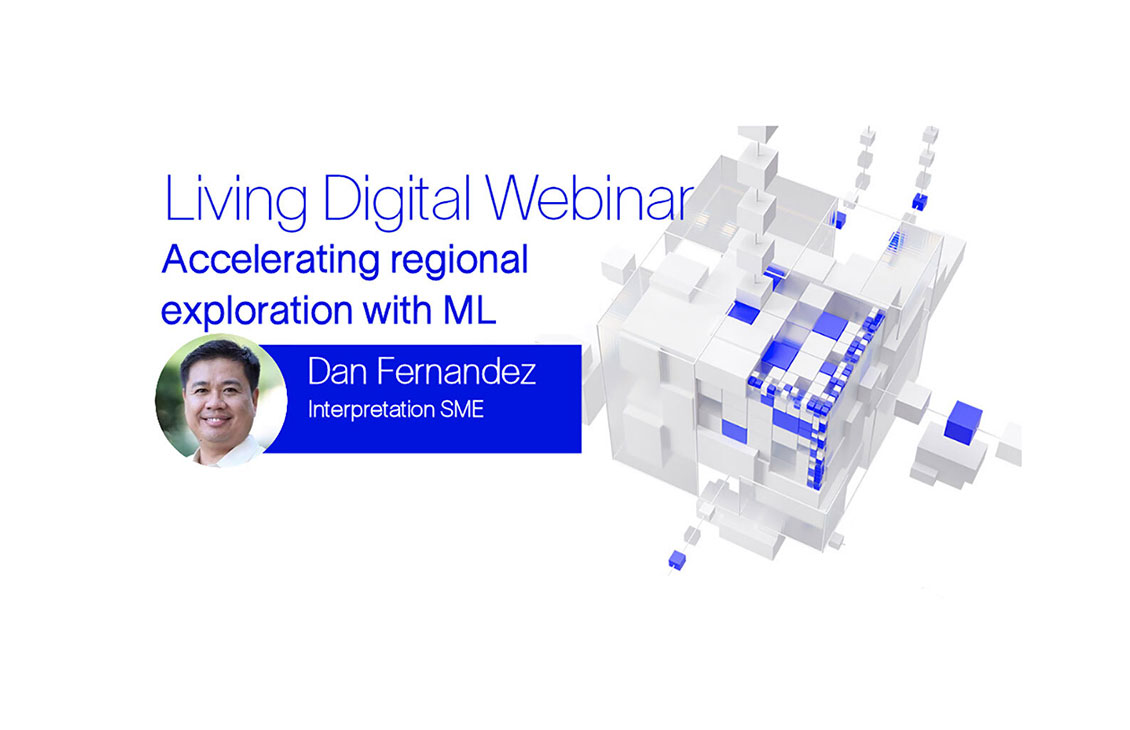Physics-informed AI is a breakthrough hybrid model building technique, that fuses physics-based simulation and process data.
Wells optimized, gas flaring minimized, all in just six seconds

Physics-informed AI, the SLB technology that combines real science with artificial intelligence, is helping drive a revolution in operations.
In a recent customer use case, physics-informed AI deployed on a high well-count basin completed 1,000 solves in under six seconds. Traditional methods take 50 hours to do the same job. The result was near-instant optimization of multiple wells, maximizing throughput and reducing flaring.
Using physics-informed AI to reduce flaring
In response to increasing regulatory pressure around flaring, our customer—an operator known for its focus on efficiency—sought a solution that could deliver rapid, reliable insights to support operational decisions during events, such as compressor shutdowns and field turnarounds. The objective was clear—optimize the system to reduce flaring without compromising production in a high-well-count shale basin.
50 hours of work in six seconds
To achieve this, SLB developed a surrogate physics-informed AI model—real science supported by artificial intelligence. The model is trained to replicate the results of running a hydraulic simulator—performing approximately 1,000 solves in under six seconds. This enables near-instantaneous optimization, and was equivalent to 50 hours of work using traditional simulation methods.
Minimizing gas flaring while maximizing throughput
The SLB solution supports a range of use cases, including total field throughput optimization and flaring forecasting, and allows customers to explore “what-if” scenarios under various constraints, such as pad rates, inlet pressures, and choke settings. An intuitive dashboard provides clear comparisons between current and optimized states, highlighting measurable gains in throughput and reductions in flaring—empowering faster, smarter decisions in the field.
Related resources
-

Living Digital Series
Transforming the energy industry performance and driving decision making at speedBrilliant minds from upstream oil and gas share their experiences and discuss project successes using digital solutions to solve everyday challenges.
-

Multiclient Data Library
Accelerate Hydrocarbon DiscoveryOur world-leading, evergreen multiclient library provides critical subsurface insight to help you make the most informed decisions.
-

Living Digital: Accelerating regional exploration with machine learning for offshore Kwanza
The interpretation of horizons is one of the most tedious tasks in regional exploration studies—but it doesn’t need to beThe interpretation of horizons is one of the most tedious tasks in regional exploration studies—but it doesn’t need to be.
